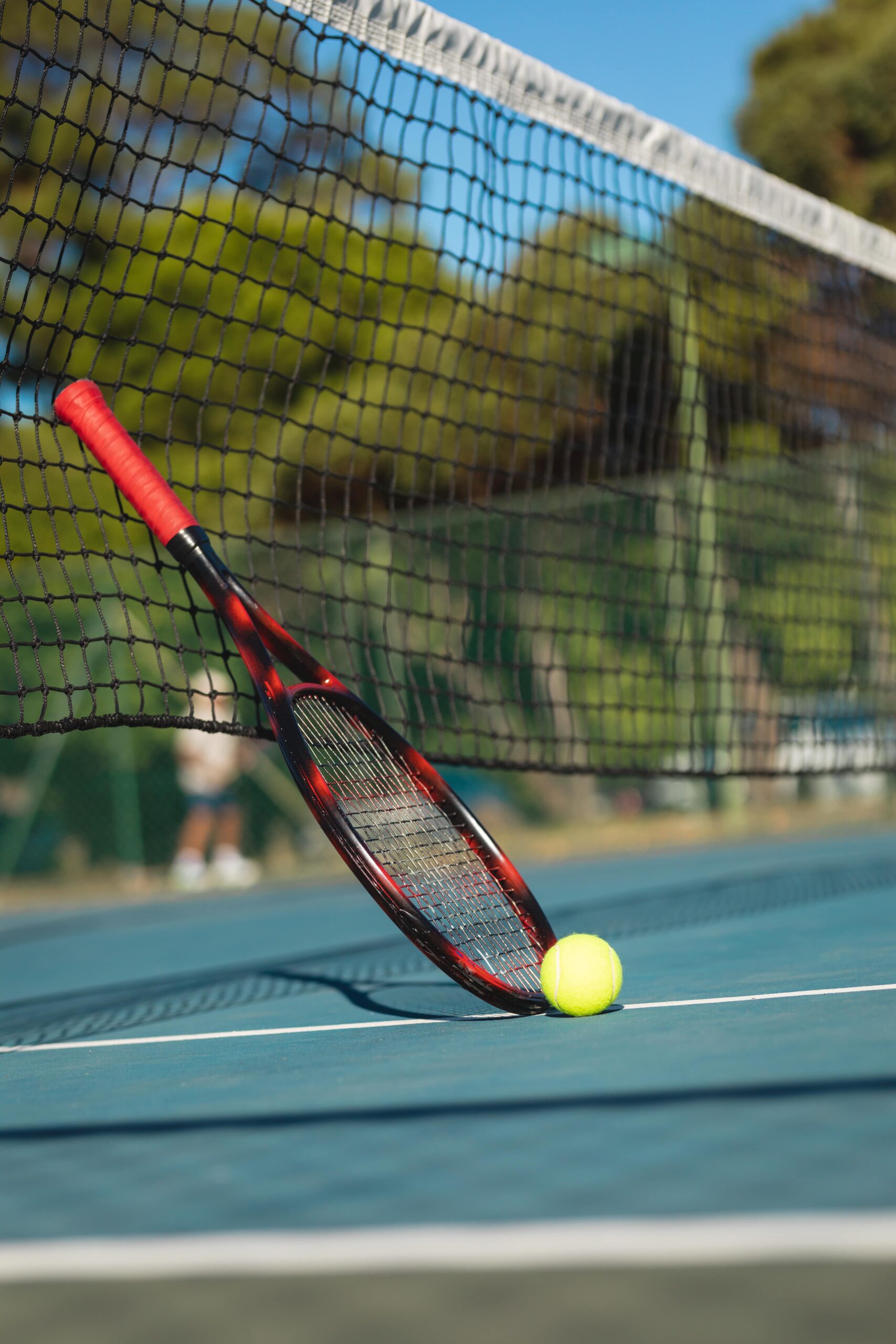
In tennis, the playing surface can have a significant impact on the overall experience. Acrylic court surfaces have emerged as a game-changer in the tennis world, fundamentally altering how players approach the sport. This article will discuss the advantages of acrylic court surfaces, their influence on tennis abilities, and how they can elevate your game to new heights.
The Rise of Acrylic Court Surfaces:
Due to their remarkable longevity, reliable playing, and attractive appearance, acrylic court surfaces have greatly increased in popularity in recent years. The materials used to create these surfaces, which are especially created to survive the rigors of tennis play, include aggregates and acrylic resins.
Enhanced Ball Control and Consistency:
The exceptional ball control and consistency of acrylic court surfaces is one of its main advantages. These surfaces’ homogeneity guarantees that the ball bounces regularly, which helps players improve their shot-making skills. Players can improve their strategy and adjust to various playing situations thanks to the predictable behavior of the ball.
Better Traction and Footwork:
The great traction provided by acrylic court surfaces enables players to move quickly and change directions with ease. Intense gaming is less likely to result in slips and falls because to the surface’s greater grip. With better traction, athletes can concentrate on their footwork, agility, and fast thinking, which will eventually enhance their performance as a whole on the court.
Acrylic court surfaces are renowned for their resilience and long-lasting nature. These surfaces can survive constant games, severe weather conditions, and high foot traffic without suffering appreciable wear and tear. The durability of acrylic court surfaces guarantees that they keep their performance qualities over a long length of time, giving players a constant playing experience.
Acrylic court surfaces need less maintenance and are generally inexpensive to maintain. To maintain the surface in top shape, regular sweeping, cleaning, and pressure washing are generally adequate. The durability of acrylic court surfaces reduces the need for regular resurfacing, which over time lowers maintenance expenses.
Tennis players’ skill development may be significantly impacted by playing on an acrylic court surface. Players may fine-tune their strokes, improve their timing, and test out new tactics thanks to the constant bounce, greater traction, and enhanced ball control. Players improve their overall tennis abilities as they become more adaptive and versatile as a result of adjusting to the special qualities of acrylic court surfaces.
Conclusion
Acrylic court surfaces have revolutionized the world of tennis by providing players with a superior playing experience. The exceptional ball control, improved traction, and durability of these surfaces contribute to enhanced skill development and performance. By investing in an acrylic court surface, tennis enthusiasts can take their game to new heights and enjoy the benefits of consistent playability for years to come.
